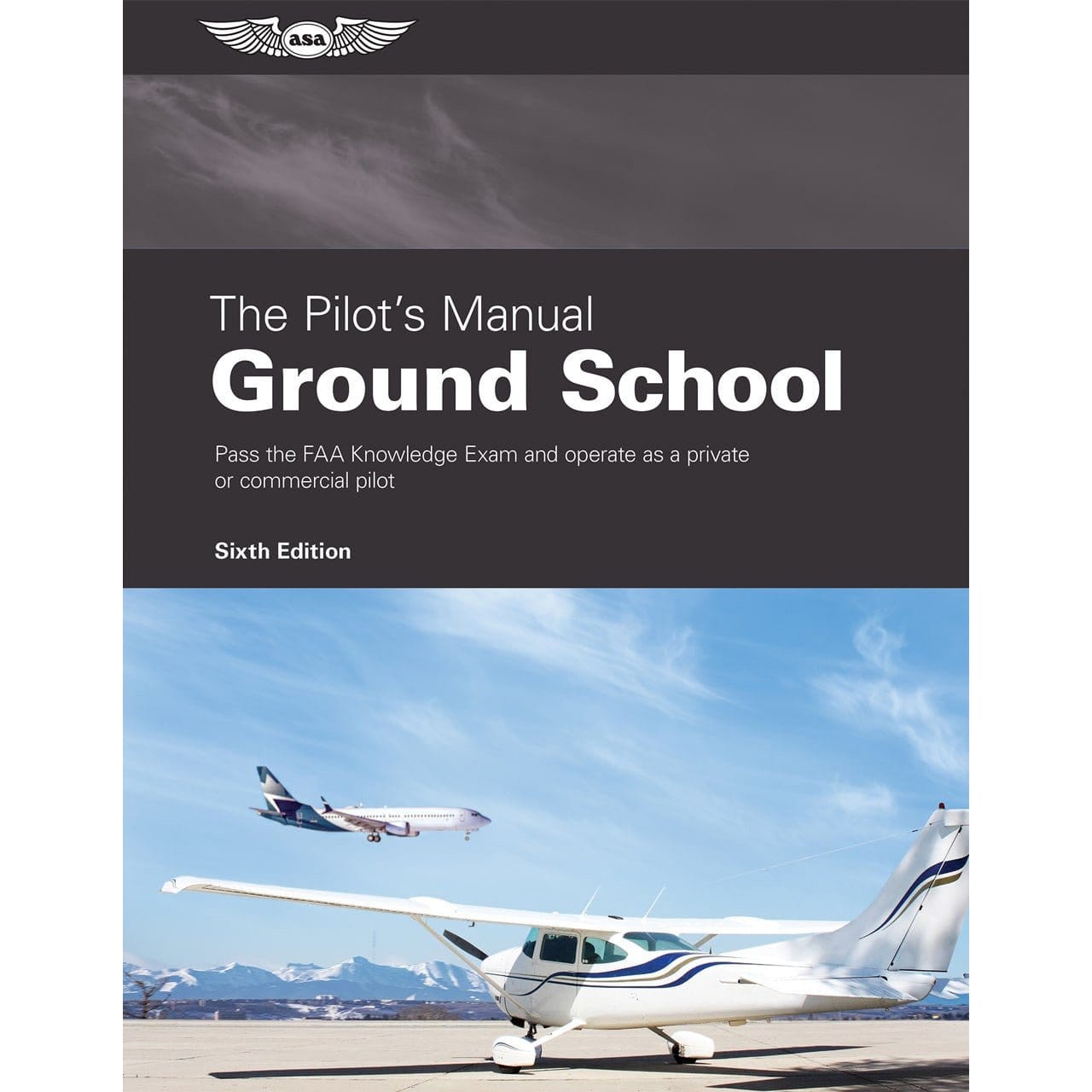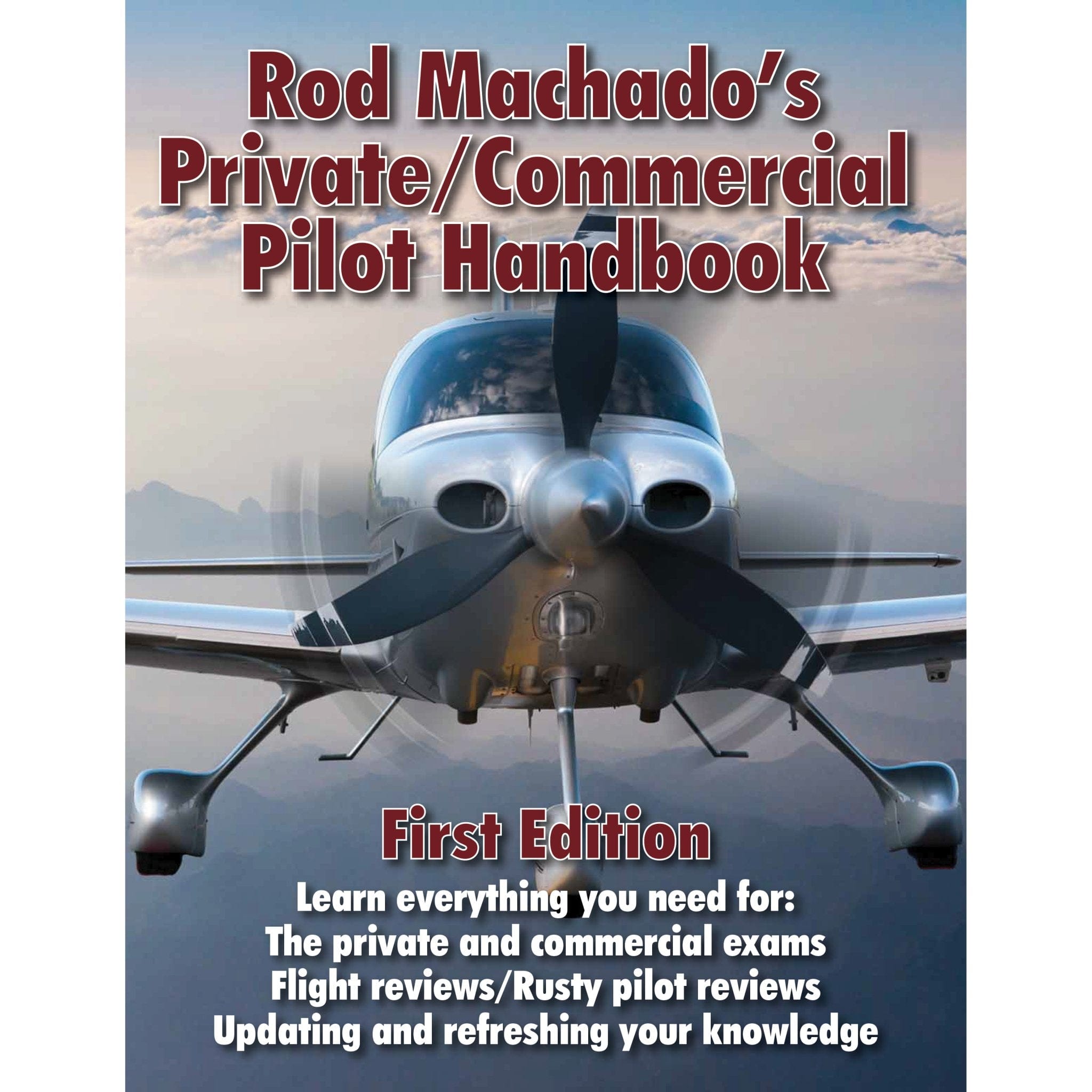Have you ever wondered why some planes can do acrobatic stunts while others can't? It all comes down to stability.
In this guide, we'll explain the basics of flight stability and how it impacts how an airplane flies. We'll cover three types of stability to help you understand how an aircraft behaves.
By the end, you will learn everything you need to know about flight stability characteristics and their importance in the design of aircraft.
Table of Contents
 What is Aircraft Stability?
What is Aircraft Stability?
Trying to fully understand how an airplane's directional stability characteristics and control work can be a complicated task, especially when it involves advanced mathematics. However, some principles can be broken down in order to grasp the value of stability and its role in aircraft design.
The FAA's Aviation Maintenance Technician Airframe Handbook defines stability as:
"The characteristic of an aircraft that causes it to return to its original flight condition after it has been disturbed."
In simpler terms, stability refers to the airplane's natural reaction to correct itself back to stable flight after an event has challenged that, such as a reaction to flight control inputs.
Why Understanding Stability Matters
Learning about aircraft stability relates to aerodynamic forces. An airplane's stability affects the pilot's ability to control the aircraft and provide a comfortable ride for passengers. Aircraft instability can lead to unpredictable behavior or put strain on the structural integrity of the flight vehicle.
There are also certain conditions related to stability with an aircraft, such as when an aircraft rolls like a dutch roll, pilot-induced oscillations, and an effect called adverse yaw.
 Types of Stability
Types of Stability
There are different types of flight vehicle stability. They are:
-
Static Stability
-
Dynamic Stability
When we talk about airplane stability, we can break it down into two main categories: static and dynamic. But within these categories, there are even more subcategories, such as:
-
Positive Static Stability
-
Neutral Static Stability
-
Negative Static Stability
-
Positive Dynamic Stability
-
Neutral Static Stability
-
Negative Dynamic Stability
Each of these subcategories can have a major impact on an airplane's directional stability characteristics.
In addition, pitch, roll, and yaw all play a role in an airplane's stability, sometimes an airplane can be stable in one area and unstable in another. It's all about finding the right balance for the mission purpose of the aircraft.
Static Stability
Let's break down the three types of static stability.
 1. Positive Static Stability
1. Positive Static Stability
In an aircraft exhibiting positive static stability characteristics, particularly in longitudinal stability, the center of gravity is situated such that when the nose pitches up or down due to external forces, the aircraft naturally returns to its original trimmed attitude(angle of attack).
A statically stable airplane tends to regain its trimmed condition following disturbances.
 2. Neutral Static Stability
2. Neutral Static Stability
Neutral static stability implies that the aircraft, in its longitudinal aspects, doesn't have a big enough tendency to return to its original trimmed condition after being disturbed.
For example, when the nose pitches up or down, there's less inherent force pushing the aircraft back to its initial state, resulting in a balanced equilibrium without a restoring force.
 3. Negative Static Stability
3. Negative Static Stability
Negative static stability in longitudinal aspects signifies an aircraft's tendency to increase a disturbance rather than return to its original trimmed state.
For example, when the nose pitches up or down, instead of correcting itself, the aircraft continues on its diverging path, potentially leading to increased deviations and making it challenging to regain the desired flight parameters without continuous intervention.
Dynamic Stability
Usually, the goal of engineers is to create dynamically stable aircraft.
The FAA's AMTA Handbook says that dynamic stability refers to:
In simple terms, dynamic stability is usually evaluated by studying the aircraft's responses to disturbances over time.
To understand how an aircraft responds to external forces or the actions of a pilot's control inputs, engineers rely on mathematical models and computer simulations. These tools help to determine how quickly the aircraft can stabilize itself without any intervention from the pilot.
Let's break down the three types of dynamic stability.
 1. Positive Dynamic Stability
1. Positive Dynamic Stability
Aircraft that show signs of positive dynamic stability experience gradual dampening oscillations after a disturbance. Each oscillation will be weaker than the previous until the aircraft steadily returns to its original state.
 2. Neutral Dynamic Stability
2. Neutral Dynamic Stability
In neutral dynamic stability, the oscillations continue in the same motions following a disturbance, neither increasing nor decreasing, causing the aircraft to maintain constant deviation from its initial position.
 3. Negative Dynamic Stability
3. Negative Dynamic Stability
Aircraft with negative dynamic stability will experience amplified oscillations after a disturbance. The deviations from the original state will grow progressively, and worsen without corrective pilot intervention.
 Static Stability vs. Dynamic Stability
Static Stability vs. Dynamic Stability
You might be wondering, what is the difference between static stability and dynamic stability? Is one better than the other?
One isn't better than the other, it's just two types of stability.
Static stability refers to how quickly it returns to its original state without taking into account time. This pertains to factors such as pitch, roll, and yaw.
Dynamic stability takes into consideration the changes over time as the aircraft returns to its equilibrium state. It focuses on the rate, magnitude, and nature of the oscillations that occur during this process.
Essentially, static stability measures the immediate response while dynamic stability delves into the aircraft's entire behavior after a disturbance.
Effects of Too Much Stability
Having a lot of stability in the aircraft can make it feel slow, heavy, and less maneuverable.
Effects of an Aircraft Being Too Unstable
[paragraph] keywords: such an aircraft, flight test engineers, dynamically unstable, directionally unstable airplane.
 Why Make an Unstable Aircraft?
Why Make an Unstable Aircraft?
Most aircraft intended for ferrying passengers are built to be stable, but depending on the design of the flight vehicle, the stability and control characteristics would need to be different.
For example, fighter aircraft such as the Mirage F-1 are designed to be unstable so they can have more maneuverability for rolling. Trainer aircraft such as Cessna 172s are designed to be stable, so they can easily correct themselves to level flight after attitude disturbances from weather or pilot control inputs.
Takeaway
Student pilots usually will only get to experience dynamically stable aircraft in trainer planes. Understanding an aircraft's stability can give a pilot a mental perspective on what happens with the aircraft with appropriate flight control inputs versus improper ones.
I find it best to mentally picture how an airplane's dynamic response works. Imagine how a swing moves back and forth based on the force applied and how it continues in the same motion over time, but gradually lessens.
This is why students will often hear their flight instructor tell them to be light on the controls and make small corrections or use just a few degrees to ensure a steady flight.
You don't have to be a mathematician or an engineer to understand stability and the importance it has for all forms of flight vehicles. Jet aircraft need to operate in an unstable fashion so they can perform complicated aerobatic maneuvers and an extreme flight attitude.
Dynamic and static stability are fascinating subjects to learn about and I encourage you to keep up your learning and love of all things related to aviation.
Fly safe!
Want to know more useful aviation information?
Our guides are designed to help student pilots become professional pilots and for private pilots to brush up on their knowledge and skills.- Constant Speed Propeller: How Does it Work? (Basics)
- 7 Types of Turbulence Every Pilot Should Know (What Causes It)
- Fixed Wing vs Rotary Wing: Advantages & Disadvantages
- IFR Clearance: How To Request & File (Examples / Requirements)
- Cloud Ceilings: What Pilots Should Know (Complete Guide)
- Adverse Yaw: What Is It and How Do You Prevent it?









